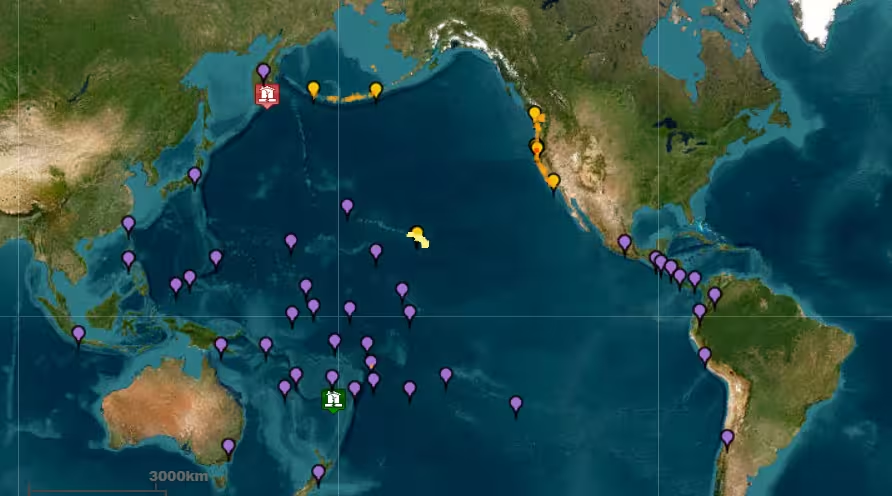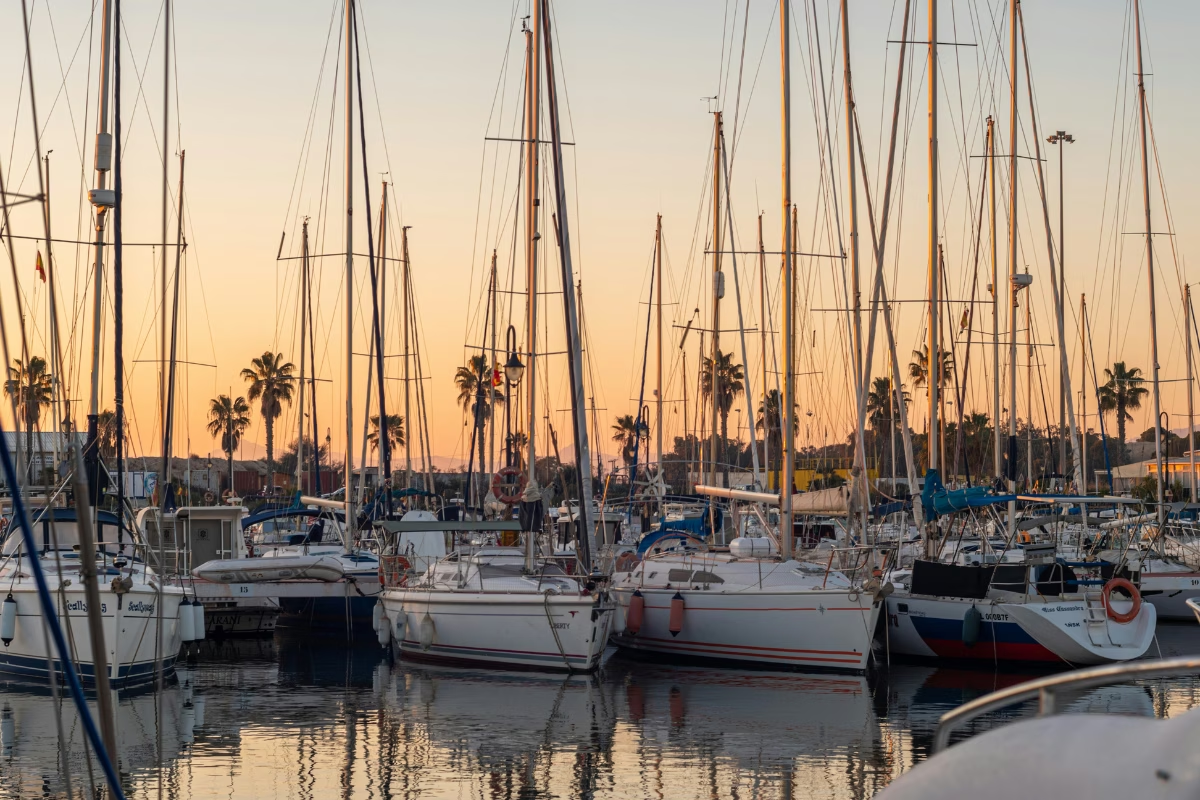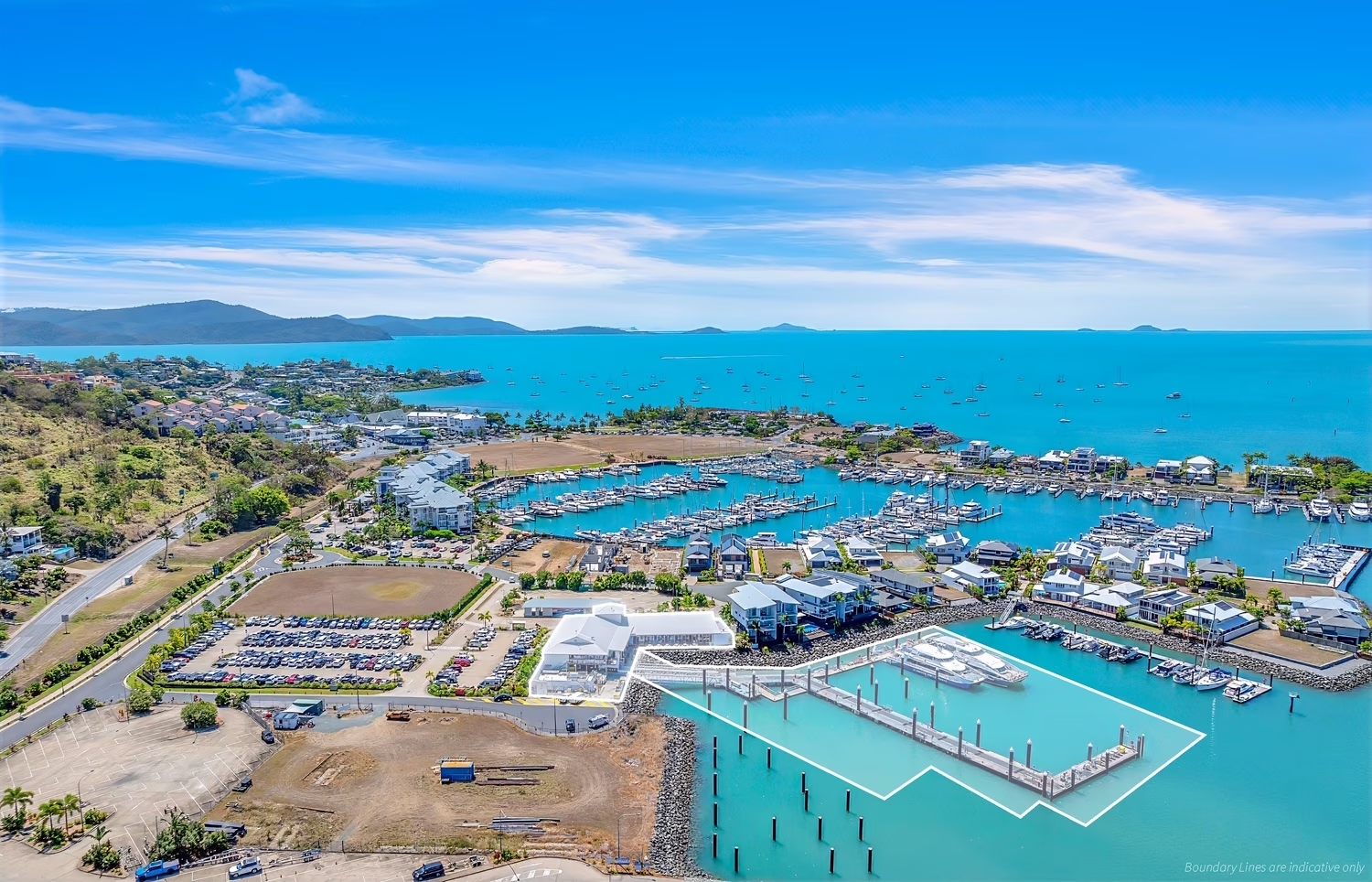Marinas and harbours across the Pacific Ocean are being threatened by a tsunami following a magnitude 8.8 earthquake that struck off the far east coast of Russia on 30 July.
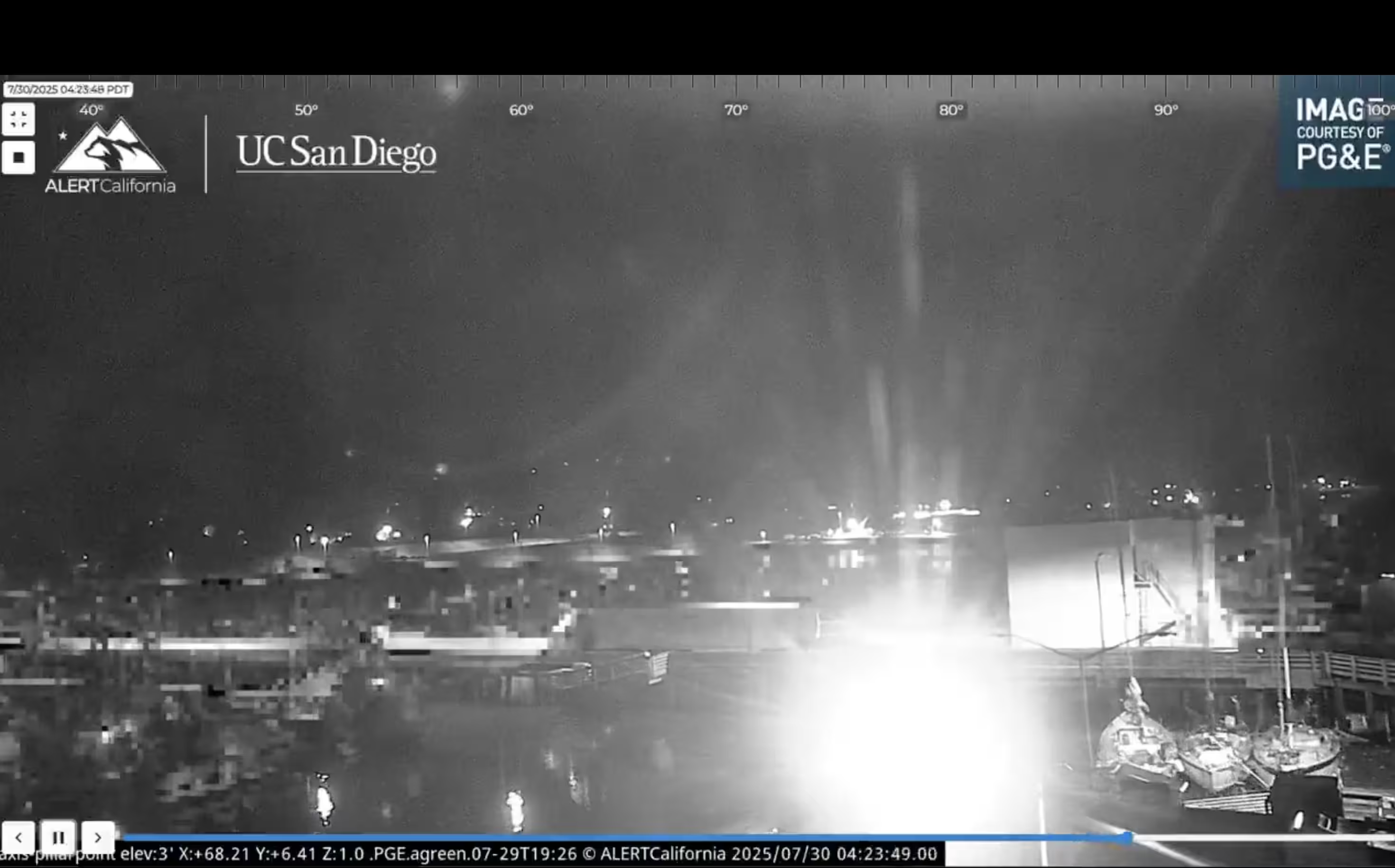
Following the earthquake, authorities across Pacific littoral nations announced a spate of tsunami warnings, advising people to stay away from beaches and marinas, and to evacuate to higher ground.
The California coast was placed under a tsunami advisory overnight and into the early morning of 30 July. According to ABC News, tsunami waves began to hit the northwestern US at around 1am local time, before making their way down the coast.
In Los Angeles, it was reported that some guests at Marina del Rey were asked to evacuate their boats as a precautionary measure, while the marina would be closed until at least 12pm on Wednesday, 30 July.
Meanwhile, the Orange County Vice Chair, Katrina Foley, said that Dana Point Harbor Marina had notified boaters to prepare and even move their boats to deeper waters should conditions worsen. Los Angeles Mayor Karen Bass also posted online: “Residents and workers in and around the LA Harbor area are urged to stay alert, avoid the waterline and follow official instructions.”
CCTV cameras at Pillar Point Harbor in Half Moon Bay, California, also captured boats rising and falling with the water level as the tsunami struck overnight. The National Weather Service for the San Francisco Bay Area wrote on X: "Notice the abrupt up and down motion of the boats. A tsunami is not just one wave. It's a packet of waves that can last for several hours. This rapid surging of water can create dangerous currents."
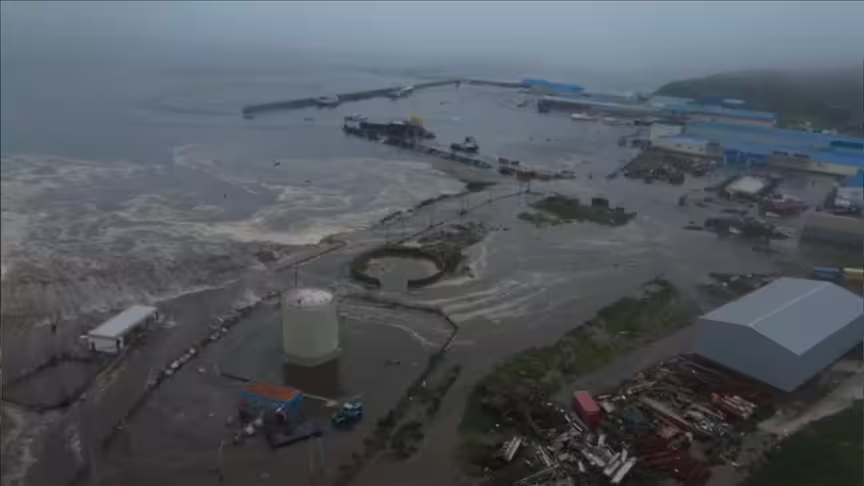
Speaking on the evening of 29 July, San Diego County spokesperson Chuck Westerheide said that they were in an “advisory area, meaning strong currents and a tsunami are possible, and waves and currents can kill or injure people who are in the water". He cautioned that currents at beaches, in harbours, marinas, bays and inlets may be “especially dangerous”.
In Oregon, the Department of Emergency Management wrote that small waves were expected, and urged people to stay away from beaches, harbours and marinas until the tsunami advisory is lifted.
The Hawaii Emergency Management Agency advised citizens to “remain at least 100ft (30m) away from inland waterways and marinas connected to the ocean due to wave surges and possible flooding”, and to “remove or deploy vessels to deep water”, if possible.
On the other side of the Pacific, New Zealand’s emergency management agency issued a low-level warning to affected areas. They advised that people at marinas should leave their boats and move onto shore, and not return unless instructed by officials.
Similar warnings were also issued in Japan, Indonesia, the Philippines and across Pacific island nations. Central and South American countries have also issued tsunami warnings, with Peruvian authorities expecting waves between one and 2.3 metres.
